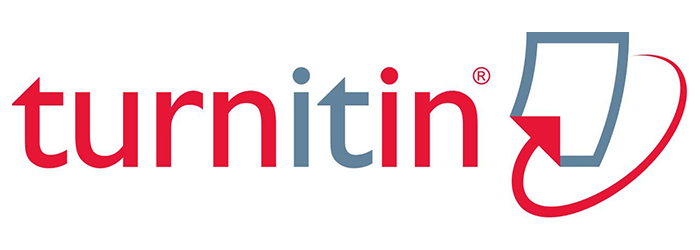EFEKTIFITAS ANALISIS TUGAS UNTUK MENINGKATKAN KETERAMPILAN MEMBUAT BOKS FILE DARI KARDUS BEKAS PADA ANAK TUNARUNGU
 ),
), (1) PLB FIP UNP
 Corresponding Author
Corresponding Author
Copyright (c)
DOI : https://doi.org/10.24036/jupe20500.64
Full Text:
 Language : en
Language : en
Abstract
The research was motivated by the problems that researchers found in 20 huts SDLB N Duo Pariaman. Researchers menukan an X deaf children who have barriers to skills make box file. This research uses experimental approach in the form of Single Subject Research (SSR), using the ABA design. The subjects were Deaf child. Data collected through the process and look at the percentage of children who achieved work to do every step of the activity to make a box file. Where the Baseline condition (A1) as much as five times the meeting, Intervention (B) nine times through task analysis and observation of Baseline (A2) as much as five times the meetings are no longer given intervention. Results of this study shows that children's ability to improve the skills of making box files has increased. In the Baseline condition were performed in five meetings varied means her tendency toward increased (+) by a percentage that is between the range of 12% to 16%, in the intervention condition during nine meetings with the treatment given by task analysis, on the ability of children with hearing X can not create a file box fit into the work step has been increased and varies with the direction kecendrunganya increase (+) and the percentage is between the range of 22% to 78%. And Baseline (A2) is no longer granted after intervention during five meetings to be increased (+) by the percentage between the range of 86% to 100%. Based on these results we can conclude the task analysis is effective in improving the skills of making cardboard file boxes on deaf children in the fourth grade N 20 cottage Duo SDLB Pariaman.
 Article Metrics
Article Metrics
 Abstract Views : 199 times
Abstract Views : 199 times
 PDF Downloaded : 51 times
PDF Downloaded : 51 times
Refbacks
- There are currently no refbacks.
Copyright (c)



